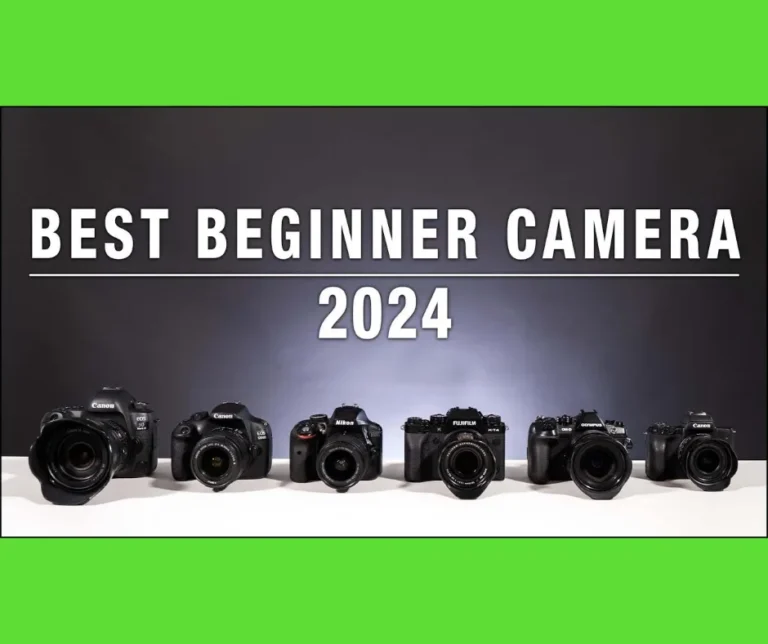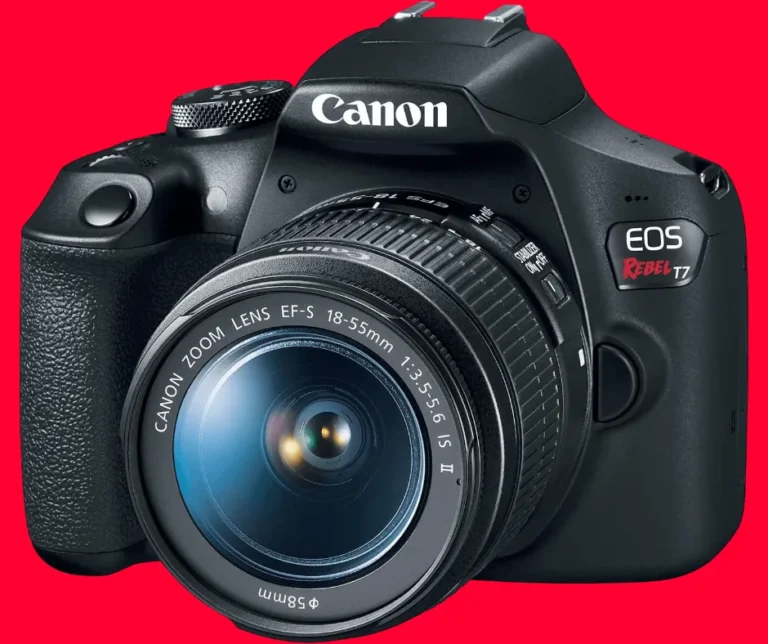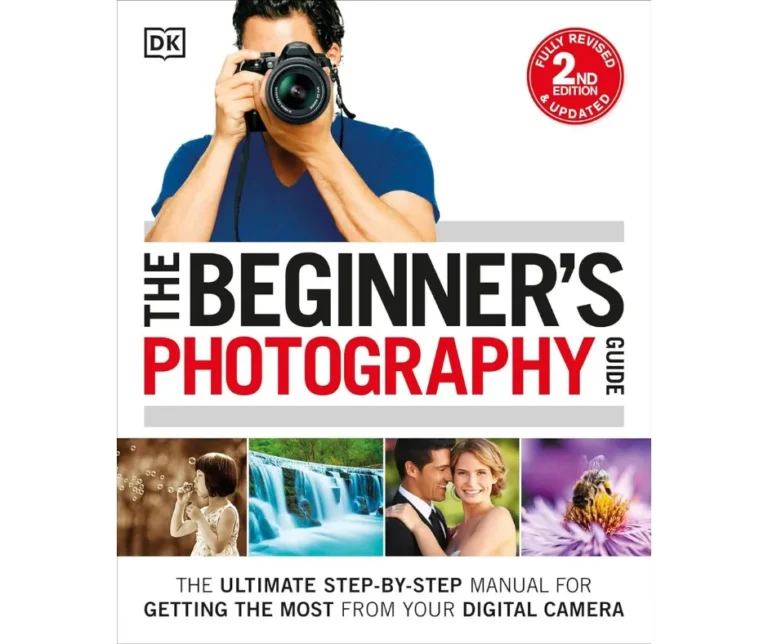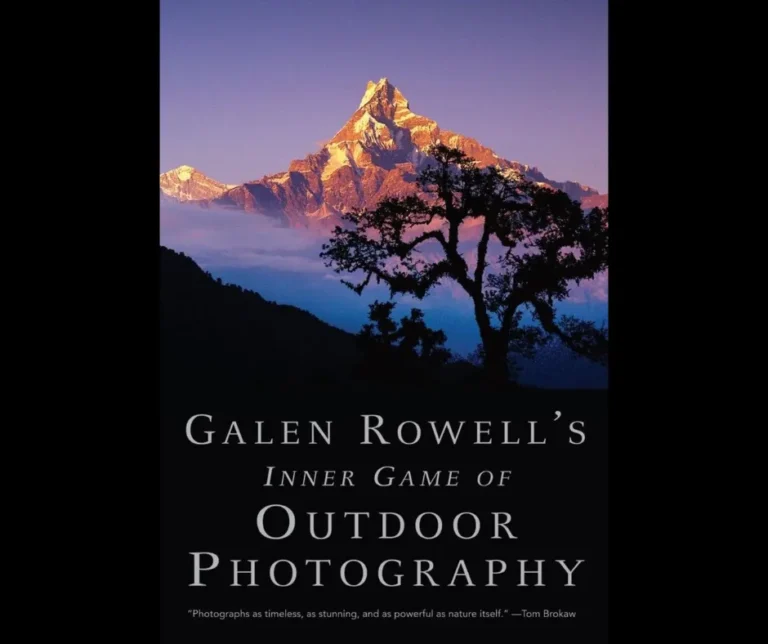A Beginner’s Guide to Choosing the Right Camera for Photography
If you have recently discovered a passion for photography and are ready to take your skills to the next level, you may be considering purchasing your first camera.
However, with the vast array of options available, it can be overwhelming and confusing to determine which camera is the best fit for your needs and budget.
As a beginner, it is important to carefully consider your options and make an informed decision to ensure that your camera not only meets your current needs, but also grows with you as your photography skills develop.
In this beginner’s guide, we will walk you through the key factors to consider when choosing the right camera for your photography journey.
From understanding the different types of cameras to knowing what features to look for, this guide will equip you with the necessary knowledge to make a confident and successful purchase.
So, whether you are interested in landscape photography, portraiture, or simply capturing everyday moments, read on to discover how to choose the perfect camera for your budding photography career.
Understand your photography needs
To choose the right camera for photography, it is crucial to understand your specific photography needs.
Consider the type of photography you are interested in pursuing, whether it’s landscape, portrait, wildlife, or sports photography.
Each genre requires different specifications and features in a camera.
For example, landscape photographers often prioritize a wide-angle lens and high-resolution sensor to capture intricate details in expansive scenes.
On the other hand, wildlife photographers may need a camera with fast autofocus and a long telephoto lens to capture elusive subjects from a distance.
By understanding your photography needs, you can make an informed decision when selecting the right camera that suits your specific goals and preferences.
Determine your budget range
When embarking on the journey of choosing the right camera for photography, it is essential to determine your budget range.
Setting a budget will help you narrow down your options and ensure that you invest in a camera that aligns with your financial capabilities.
Cameras can vary significantly in price, depending on their features, brand, and overall quality.
Consider how much you are willing to spend on a camera, keeping in mind that photography is an investment that requires not only the camera body but also additional lenses, accessories, and potentially post-processing software.
Assessing your budget range from the beginning will allow you to explore camera options within your financial means and make a well-informed decision without compromising on the quality and capabilities necessary for your photography journey.
Research different camera options
To find the perfect camera for your photography needs, it is crucial to thoroughly research different camera options.
Begin by identifying the specific features and functionalities you require in a camera.
Are you interested in landscape photography, portraiture, or sports photography? Understanding your intended use will help narrow down the camera options that best suit your needs.
Additionally, consider factors such as sensor size, megapixels, ISO range, autofocus capabilities, and shooting modes.
Reading reviews, watching product demonstrations, and seeking recommendations from experienced photographers can provide valuable insights into the performance and reliability of various camera models.
Furthermore, take the time to visit camera stores or attend photography exhibitions to have hands-on experience with different camera brands and models.
By conducting thorough research, you can make an informed decision and select a camera that will empower you on your photography journey.
Consider the camera’s features
When selecting a camera for your photography journey, it is essential to consider the camera’s features.
The features of a camera can greatly impact the quality and versatility of your photographs.
Look for features such as different shooting modes, including manual mode for more control over settings and creative freedom, as well as scene modes for specific photography scenarios.
Pay attention to the autofocus system, as a quick and accurate autofocus can make a significant difference, especially when capturing fast-moving subjects.
Another important feature to consider is the ISO range, as it determines the camera’s sensitivity to light, allowing you to shoot in various lighting conditions.
Additionally, evaluate the camera’s connectivity options, such as Wi-Fi and Bluetooth, which can make it easier to transfer and share your images.
By carefully considering the camera’s features, you can ensure that it aligns with your photographic goals and enhances your overall photography experience.
Seek recommendations and reviews
To make an informed decision when choosing the right camera for your photography needs, it is highly recommended to seek recommendations and read reviews from professionals and experienced photographers.
Hearing from those who have already used the camera you are considering can provide valuable insights into its performance, durability, and overall user experience.
Look for reputable websites, photography forums, or online communities where photographers discuss and share their experiences with different camera models.
Pay attention to both the positive and negative feedback, as it can give you a well-rounded understanding of the camera’s strengths and weaknesses.
By seeking recommendations and reading reviews, you can gain valuable information that will help you make an educated choice and ensure that the camera you select from “A Beginner’s Guide to Choosing the Right Camera for Photography” meets your expectations.
Congratulations, you have now completed your beginner’s guide to choosing the right camera for photography.
As you continue on your photography journey, remember to always consider your needs and budget before making a purchase.
With this knowledge, you are now equipped to make an informed decision and begin capturing beautiful images with your perfect camera.
Happy shooting!
FAQ
What are the key factors to consider when choosing a camera for photography as a beginner?
When choosing a camera as a beginner, you should consider a few key factors.
First, think about the type of photography you want to pursue and make sure the camera you choose is suitable for that genre.
Next, consider the camera’s sensor size and resolution for better image quality.
Additionally, look for a camera with user-friendly controls and a good range of manual settings to learn and experiment with.
It’s also important to consider the availability of interchangeable lenses and accessories for future growth.
Lastly, don’t forget about your budget and choose a camera that fits within your financial means.
What are the main differences between DSLR, mirrorless, and point-and-shoot cameras, and which one is best suited for beginners?
When it comes to cameras, there are three main types: DSLR, mirrorless, and point-and-shoot.
DSLRs are known for their versatility, offering interchangeable lenses, advanced manual settings, and optical viewfinders.
Mirrorless cameras are more compact, have electronic viewfinders, and also offer interchangeable lenses.
Point-and-shoot cameras are the most compact and user-friendly, with fixed lenses and automatic settings.
For beginners, point-and-shoot cameras are often the best choice due to their simplicity and ease of use.
They are great for capturing everyday moments and learning the basics of photography.
As you gain experience and want more control, you can then consider upgrading to a DSLR or mirrorless camera.
How important is the camera’s sensor size and megapixel count in determining the image quality?
When it comes to determining image quality, the camera’s sensor size and megapixel count play a crucial role.
The larger the sensor size, the more light it can capture, resulting in better low-light performance and dynamic range.
Additionally, a higher megapixel count allows for more detail and flexibility in cropping or printing larger images.
So, paying attention to both sensor size and megapixel count is essential for obtaining high-quality images.
What are some essential features or specifications to look for in a beginner-friendly camera?
When searching for a beginner-friendly camera, there are a few essential features to consider.
Firstly, look for a camera with user-friendly controls and menus, making it easy for you to navigate and adjust settings.
Secondly, opt for a camera with automatic shooting modes, allowing you to capture great photos without needing to understand manual settings initially.
Additionally, a camera with image stabilization can help reduce blurry photos caused by shaky hands.
Lastly, choose a camera with good battery life and lightweight design for portability and prolonged shooting sessions.
These features will ensure a smooth learning experience as you embark on your photography journey.
Are there any recommended camera brands or models that are known for their user-friendly interface and beginner-friendly features?
When it comes to user-friendly cameras for beginners, you’ll find that brands like Nikon and Canon are highly recommended.
Models like the Nikon D3500 and Canon EOS Rebel T7i are known for their intuitive interfaces and beginner-friendly features.
With these cameras, you’ll have access to helpful guide modes that assist you in learning the basics of photography.
Additionally, they offer easy-to-navigate menus and ergonomic designs that make it simple for beginners to grasp the various functions and settings.
Whether you’re just starting out or looking to improve your photography skills, these brands and models are a great choice.







